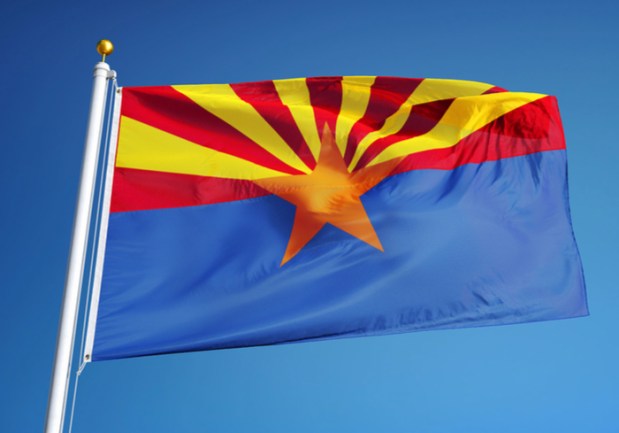Why Does Arizona Get All Those Self-Driving Tests?

When writers get around to penning the history of autonomous vehicles, Arizona likely will gain mention in the early chapters of those books. The state has hosted numerous tests of self-driving technology, and was the location of an Uber-involved fatal accident earlier this year that has, for now at least, soured public views about driverless cars.
The reason for Arizona’s early prominence has less to do with weather or road conditions than with state rivalry, at least according to reporters in that state and other observers. State leadership, eager to draw tech activity and dollars from California, told autonomous vehicle operators they could operate without the relatively burdensome regulations found in San Francisco and other parts of the Golden States.
Now that may be changing.
Setting the Tone
Arizona Governor Doug Ducey, a Republican who took office in January 2015 and still holds the job, set the tone when he declared in a statement that “Arizona welcomes Uber self-driving cars with open arms and wide open roads.”
And it’s not just Uber. Waymo — part of the Google corporate family — and grocery chain Kroger are other companies running self-driving experiments in the state. General Motors and Intel reportedly are also testing self-driving technology in Arizona.
Don’t make the mistake of thinking that all of Arizona is flat as a parking lot. The state features numerous mountains and plateaus, but anyone who has driven there likely knows about its expansive flatness. That, along with its lack of such severe weather as blizzards and hurricanes, would seem to make it an ideal home for early testing of fledgling, imperfect self-driving vehicle technology.
But the governor’s attitude, by most accounts, was the prime motivation for Uber and other companies making the state home to their self-driving experiments. “Our governor has always been very supportive of these kinds of things, especially anything that might be tech-oriented or something he can do to lure businesses from California,” said Jimmy Jenkins, a reporter for public radio station KJZZ in Tempe, Arizona, in a recent interview.
And that tone, set at the top, has paid off for autonomous vehicle technology. For instance, Jenkins talked about how residents have become familiar with such technology as LIDAR sensors (that is, Light Detection and Ranging), along with the cameras involved in the tests.
When those tests began, that gear resembled “some sort of alien spaceship on the road,” he said. “And now those little spaceships are everywhere. And these vehicles are still everywhere. So it went from being kind of a novelty to now it’s like you’re almost used to seeing them on the highways and the roads of our towns.”
Too Much Secrecy?
In fact, some citizens reportedly feel that Ducey failed to share even basic information about the testing until the March accident, in which an Uber self-driving vehicle with a human operator inside struck and killed a pedestrian who was walking outside the crosswalk in Tempe. The incident was the first known fatality involving an autonomous vehicle.
“Up until the fatal March 18 accident in Tempe, the public had received almost no information about the tests on public roads, other than the limited announcements from companies like Uber and Waymo,” reads one typical report from local news media.
That report said that announcements of tests are often released by state officials “weeks or months” after the tests have begun. For its part, Ducey’s office said he signed an executive order in 2015 welcoming testing to the state, which served as a “signal to the public that they would be sharing the roads with autonomous cars.” A more recent executive order from Ducey will require companies that run vehicles with nobody inside to issue a statement to the state verifying that vehicles comply with all state and federal laws.
It is unclear how much testing will move away from Arizona.
Though Uber has not been found to have been at fault in the March accident, the company is pushing toward a self-driving future with testing in Pittsburgh and San Francisco. For now, it seems the state will retain its role as the host of multiple self-driving experiments, though the companies involved in autonomous technology will eventually have to make deals with leaders in other states — if not for testing, then certainly for the licenses, permits and government funding that will all play major parts in the self-driving future.
